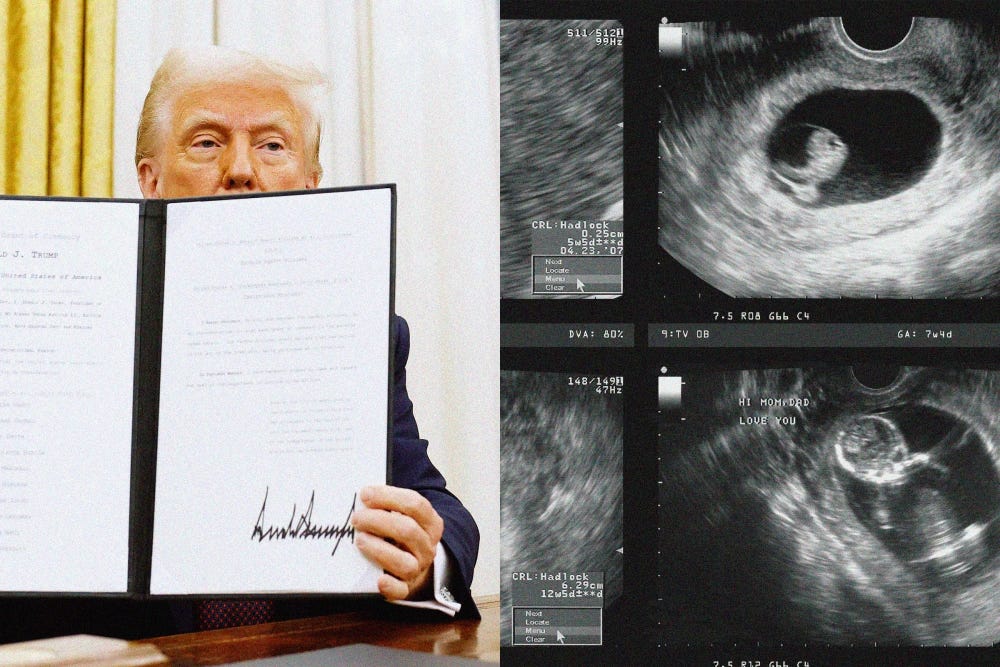Experts Dispute Trump’s Executive Order on When a Person’s Sex is Determined
Medical professionals challenge Trump's claim that a person’s sex is decided at conception.
In his first day back in office, former President Donald Trump issued an executive order that asserts individuals’ sex is determined at conception, a stance medical experts have swiftly disputed.
Trump’s executive order, titled "Defending Women from Gender Ideology Extremism and Restoring Biological Truth to the Federal Government," makes the claim that a person’s sex is established "at conception." However, experts in the field of reproductive health and genetics say this view oversimplifies the complex biology of sex determination.
Dr. Eve Feinberg, an expert at the Northwestern University Feinberg School of Medicine, stated, “Nobody is male or female at fertilization.” She explained that both male Y and female X chromosomes are present in fertilized eggs or embryos, and the process of sexual differentiation doesn’t begin until several weeks later. “It’s not until nine to 13 weeks that the differentiation of sex organs begins, which isn’t always a binary male or female pathway,” she said.
Trump’s order takes aim at those he describes as “ideologues” who deny biological realities and those who have pushed for the rights of transgender individuals, such as allowing them to self-identify as a gender different from their birth sex. The order claims the intent to defend women’s rights by promoting policies based on "biologically female" women and "biologically male" men, stating there are only "two sexes, male and female."
However, experts like Dr. Aileen Gariepy, an obstetrician and gynecologist at Weill Cornell Medicine, have criticized these definitions as inaccurate and overly simplistic. In an email, Gariepy pointed out the complexities of defining sex, which can include aspects of anatomy, physiology, and genetics. “Even these traits do not always match,” she added, noting examples like androgen insensitivity syndrome, a condition where individuals with XY chromosomes may develop female-typical anatomy.
Dr. Jack Turban, a pediatric psychiatrist and author of "Free to Be: Understanding Kids & Gender Identity," also condemned the definitions in the executive order, particularly the idea that male and female identities are defined solely by reproductive cells like sperm and eggs. "Does the government plan on isolating people’s reproductive cells and measuring them?" Turban questioned. He emphasized that sex is a complex trait and can be defined in multiple ways, such as through chromosomes, internal organs, and genitalia.
While most people’s sex characteristics align in these different domains, for intersex individuals, these aspects can conflict. Intersex is an umbrella term for people born with reproductive or sexual anatomy that does not fit typical definitions of male or female.
Trump’s stance on gender and sex has been a hallmark of his rhetoric, particularly targeting transgender individuals to appeal to his political base. A report from UCLA’s Williams Institute has noted that Trump’s executive order redefines “sex” in a way that excludes gender and gender identity, and this move is seen as part of his broader strategy to push back against gender inclusivity.
As the debate continues, medical experts warn that reducing the complexity of sex and gender to a simple binary overlooks the science and lived experiences of many individuals.


